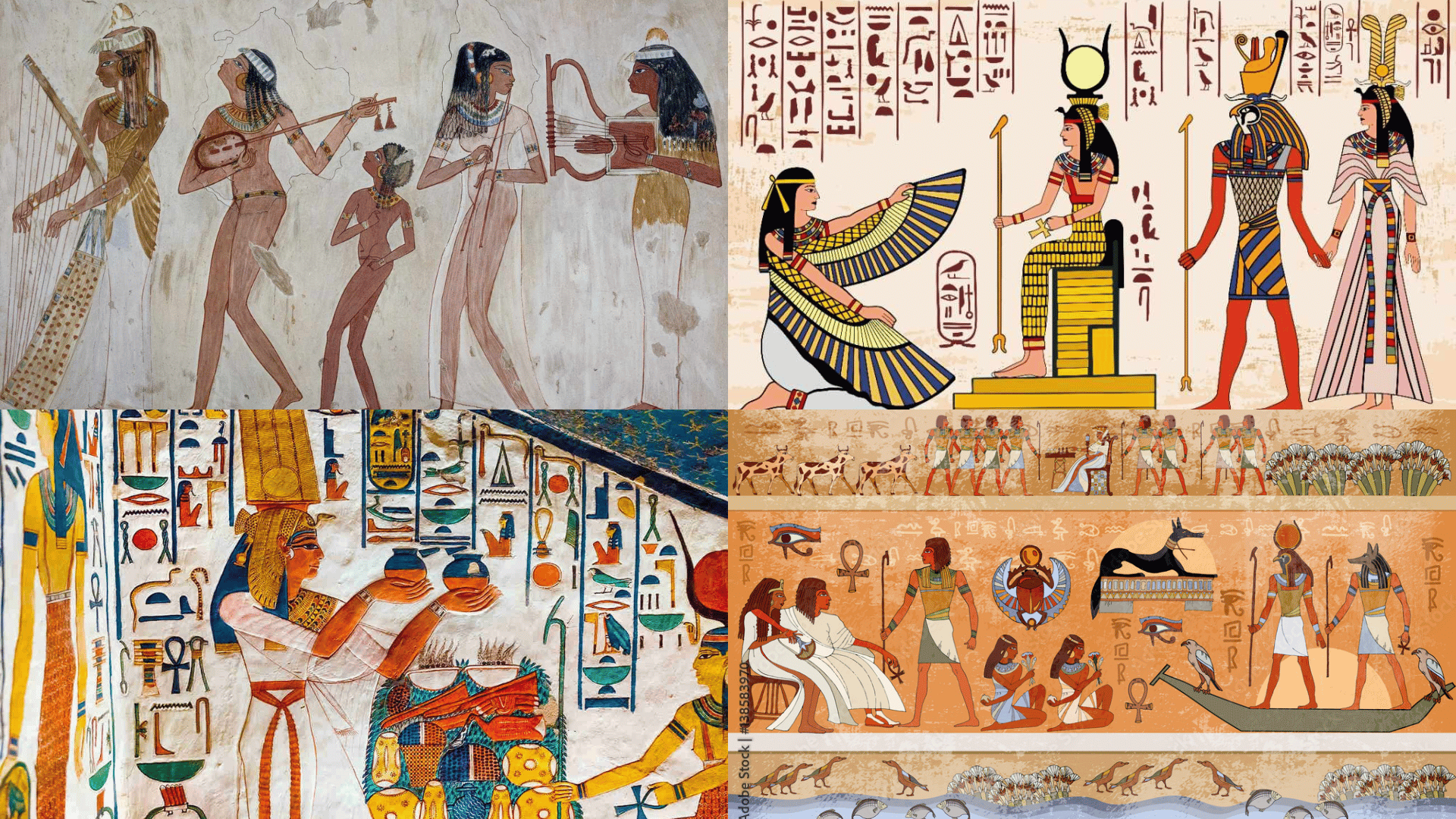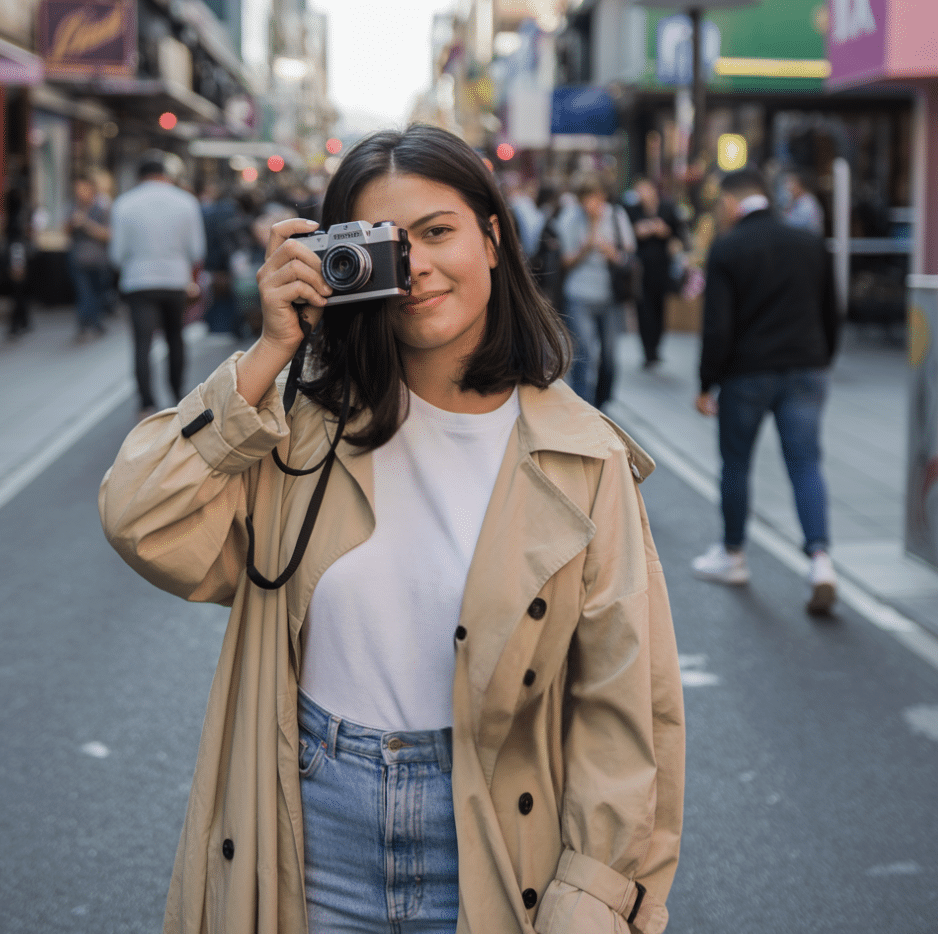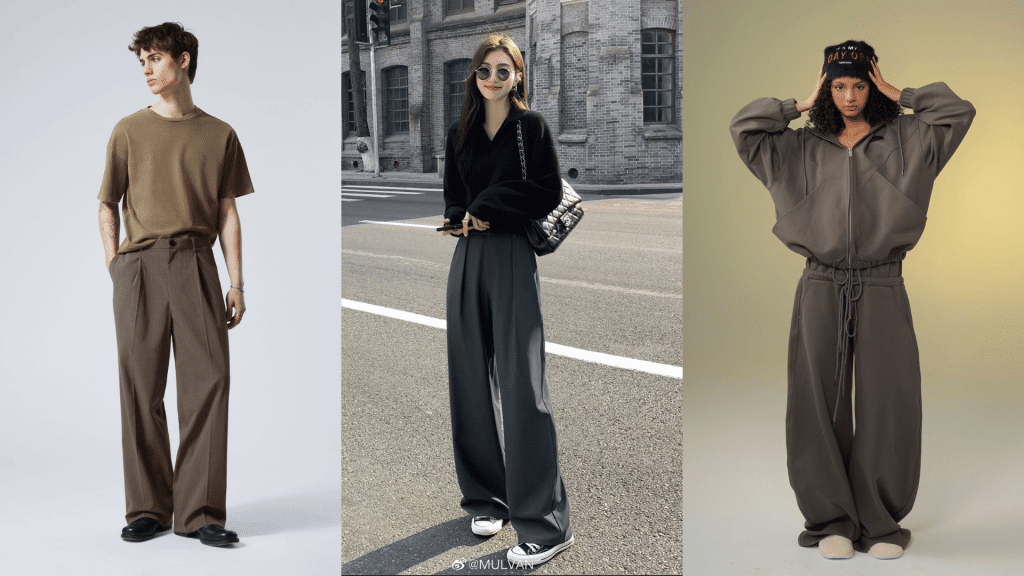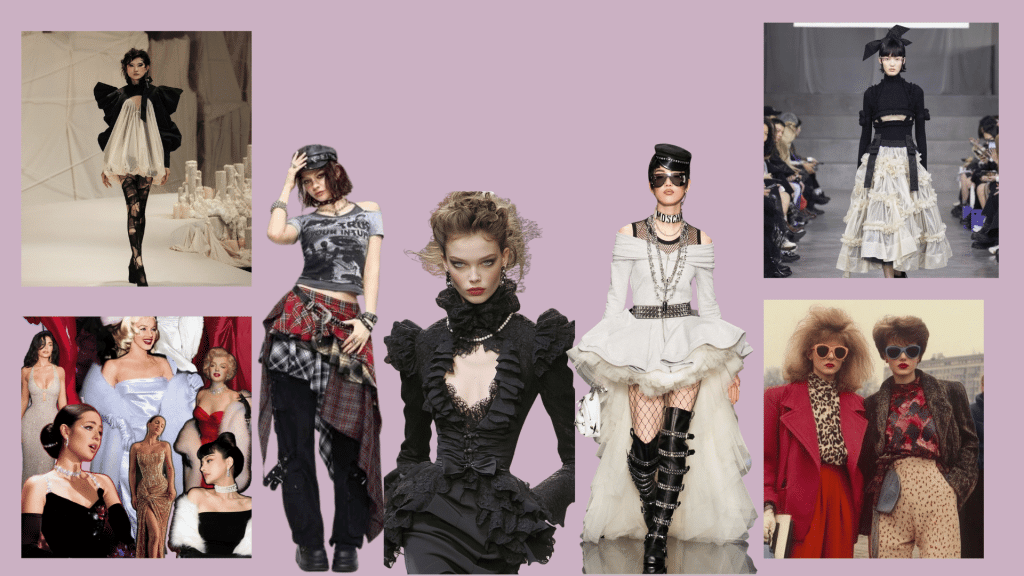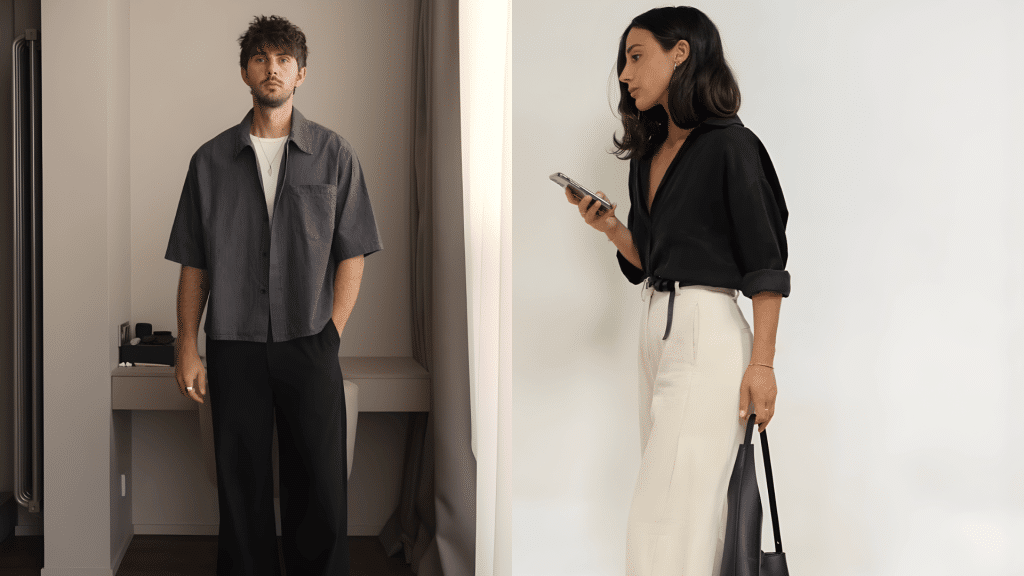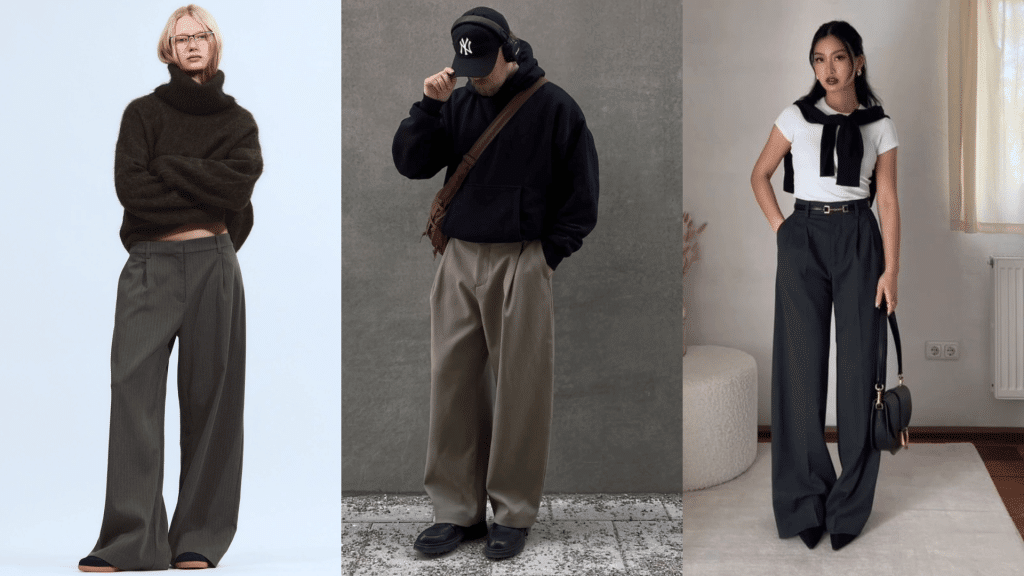Walking through ancient Egypt’s bustling markets, one would witness people in flowing white linen that seemed to shimmer in the desert sun. What stories did their clothes tell?
From pharaohs draped in gold-threaded robes to farmers wearing simple kilts, Egyptian clothing was never just about covering up; it was a visual language that spoke of power, status, and divine connection.
The secrets woven into every thread reveal compelling insights.
The ancient Egyptians mastered the art of staying cool while looking incredible, utilizing lightweight linen that rivaled today’s designer fabrics.
How Does Egyptian Clothing Reclaim Cultural Heritage?
Modern Egyptian designers are reviving ancient treasures through contemporary fashion.
They draw inspiration from pharaonic symbols, traditional textiles, and time-honored craftsmanship techniques perfected by their ancestors over thousands of years.
Today’s Egyptian the fashion scene honors this heritage by integrating hieroglyphic patterns into modern dresses, blending traditional embroidery with streetwear, and using natural fabrics like linen, which the ancient Egyptians also cherished.
Fashion weeks in Cairo now showcase collections that blend ancient motifs with contemporary cuts. Young Egyptians wear clothing that tells their cultural story while staying trendy.
This movement proves that honoring the past doesn’t mean living in it, but it means carrying forward the beauty and wisdom of Egyptian heritage into today’s world.
The Basic Elements of Ancient Egyptian Clothing
Ancient Egyptian fashion was simple yet powerful, built on natural resources and designed for hot climates. Linen was the preferred fabric, shaped into practical garments that reflected both daily life and social status.
| Element | Description | Symbolism/Use |
|---|---|---|
| Loincloth (Shendyt/Schenti) | A simple triangular or rectangular piece of linen tied around the waist. | Practicality, ease of movement, and the ability to change into ceremonial kilts. |
| Sheath Dress (Kalasiris) | Close-fitting linen dress, sometimes with shoulder straps or bead overlays. | Femininity is sometimes layered with jewelry for status. |
| Sandals | Made from leather, papyrus, or palm fibers. Often carried instead of worn. | Symbol of refinement; many commoners went barefoot. |
| Wigs & Hairstyles | Wigs of human hair or plant fibers; shaven heads are common under wigs. | Hygiene, fashion, and religious purity. |
| Jewelry (Collars, Amulets, Bracelets) | Gold, faience, precious stones; broad collars are especially famous. | Protection, status, connection to gods (scarabs, ankhs, Eye of Horus). |
| Cosmetics & Perfume | Kohl eyeliner, malachite, oils, and scented resins. | Beauty, sun protection, ritual purification. |
Ancient Egyptian Clothing Reflecting Gender and Social Roles
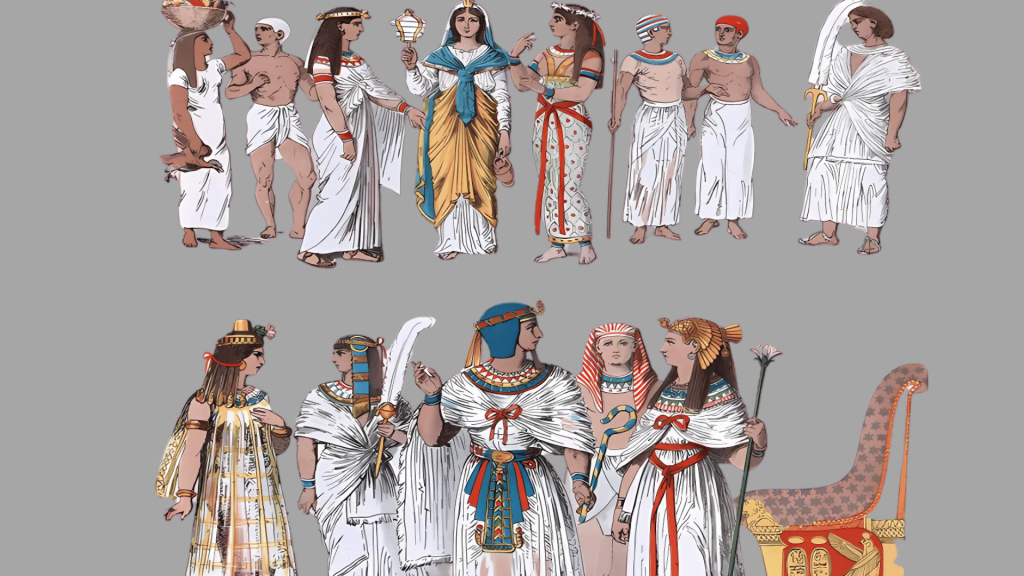
Ancient Egyptian clothing revealed far more than personal taste, but it served as a complex social map that instantly communicated status, occupation, and cultural identity.
The way Egyptians dressed reflected their complex understanding of hierarchy, gender roles, and the fragile balance between surviving desert heat and maintaining social dignity.
Clothes that are Worn by Both Men and Women
Ancient Egypt challenged modern fashion rules by creating a surprisingly unisex wardrobe. The hot desert climate demanded practical solutions that worked for everyone, regardless of gender.
The most universal garment was the simple linen kilt, wrapped around the waist and secured with a belt or knot.
Egyptian clothing shared several key features across genders:
- White linen is the primary fabric choice
- Lightweight, breathable designs perfect for desert heat
- Simple rectangular pieces of cloth draped and tied
- Minimal sewing or complex construction
- Jewelry and accessories are the main style differentiators
Clothing for Men vs Women
While basics remained similar, Egyptian fashion developed distinct gender expressions that reflected social expectations and cultural values.
| Aspect | Men’s Clothing | Women’s Clothing |
|---|---|---|
| Focus | Functionality, ease of movement, and status through pleating or ceremonial aprons. | Grace, femininity, and elegance through body-hugging silhouettes. |
| Core Garment | Kilts (schenti), sometimes with triangular ceremonial aprons. | Kalasiris (form-fitting sheath dress from shoulder to ankle). |
| Seasonal Variation | Simple tunics or cloaks in cooler months; bare chests are common otherwise. | Variations in fabric weight and layering for festivals or daily life. |
| Fabric & Style | Stiffened linen for sharp pleats; plain for workers, refined for elites. | Sheer linen revealing the body’s outline; decorative beadwork or feather motifs. |
| Special Features | Aprons starched for crisp folds, signaling wealth and status. | Transparent overskirts, intricate straps, or bead-net overlays for special occasions. |
The Clothing Across Social Classes from Farmers to Pharaohs
Egyptian society’s rigid hierarchy became immediately apparent through clothing choices, with fabric quality and ornamentation serving as clear indicators of status.
Working Class Simplicity
Farmers, laborers, and servants wore the most basic versions of the clothing. Their garments featured:
- Coarse, undyed linen in natural off-white tones
- Simple construction with minimal decoration
- Practical cuts that allowed unrestricted movement
- Durable materials designed to withstand daily wear
Middle-Class Refinement
Middle-class Egyptians, such as artisans, scribes, and merchants, wore finer linen than the working class, often in pleated or softly embroidered styles.
Their clothes featured subtle color accents and modest jewelry, reflecting their improved social status without the extravagance of royalty.
These garments balanced practicality with refined aesthetics suitable for daily life and social occasions
Royal Magnificence
Pharaohs and nobility changed basic Egyptian styles into spectacular displays of divine power and earthly wealth. Their clothing featured:
- Ultra-fine linen so sheer it resembled gossamer
- Gold thread woven directly into fabric
- Precious stone embellishments and intricate beadwork
- Complex pleating patterns that required skilled artisans
- Ceremonial elements like the pharaoh’s distinctive nemes headdress
- Multiple layers creating dramatic, flowing silhouettes
Spotlight on Iconic Styles
While ancient Egyptian clothing often appears simple, certain garments and accessories became cultural icons, instantly recognizable symbols of the civilization’s power and spiritual beliefs.
These standout styles not only defined daily life but also carried deep ceremonial and symbolic meaning.
1. Schenti
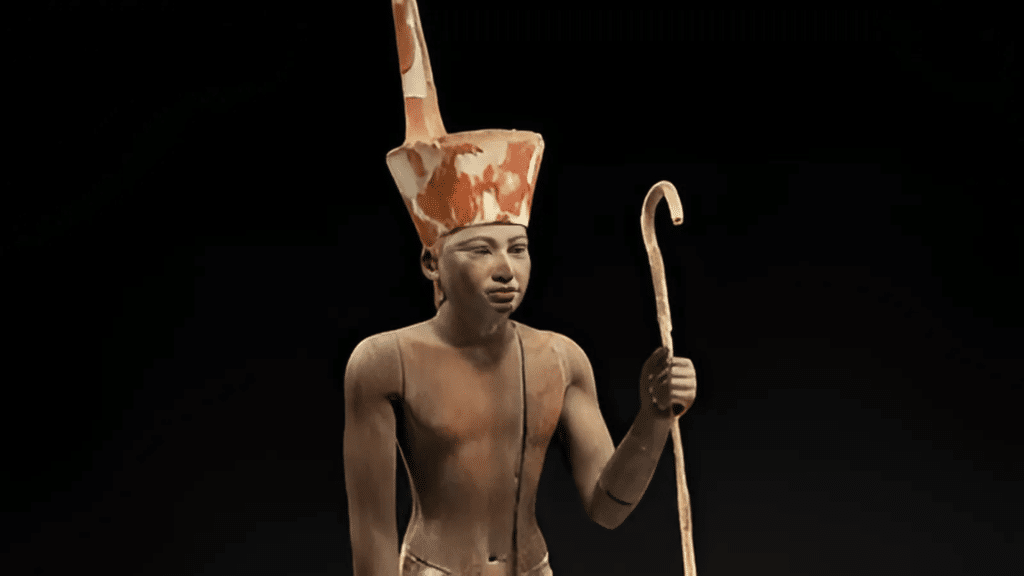
The schenti was a linen wrap tied around the waist, practical for the hot climate. It ranged from simple workwear to finely pleated garments for officials and royalty.
Artworks from the tombs often depict men wearing the schenti as a sign of everyday life.
- Symbolism: Represented masculinity, order, and social role.
- Occasion: Everyday wear for laborers; ceremonial versions for officials and pharaohs.
- Cultural Legacy: Early forerunner of skirted garments in later Mediterranean cultures.
2. The Kalasiris
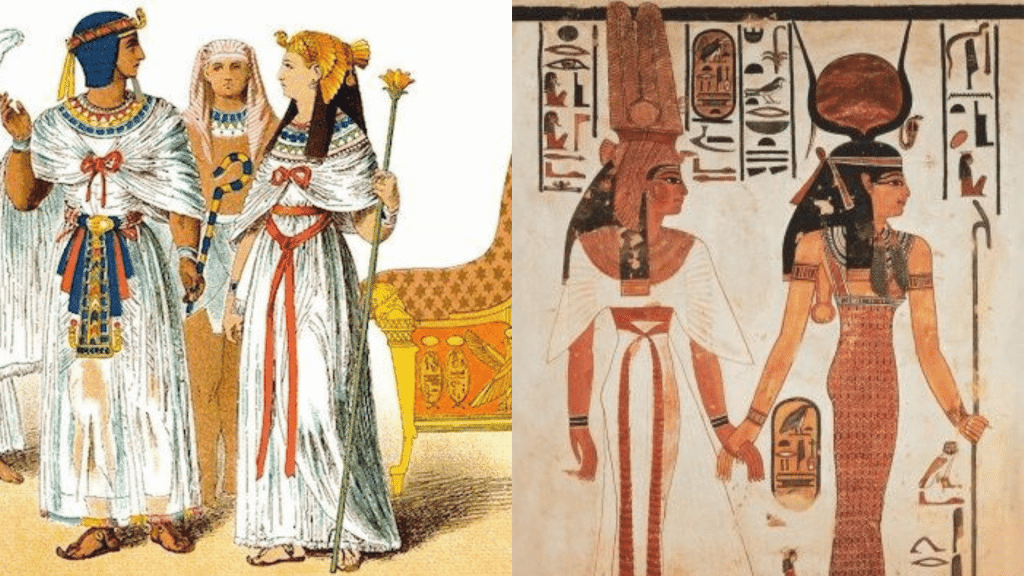
This straight, body-hugging dress often featured shoulder straps or bead-net layers. It reflected status through the quality of the fabric, ornamentation, and the addition of jewelry.
Depictions show variations in length and cut depending on the wearer’s class.
- Symbolism: Emphasized grace, and grace.
- Occasion: Daily attire for women, adapted for feasts and rituals with embellishments.
- Cultural Legacy: Inspired modern designers seeking minimal yet structured silhouettes.
3. The Tarkhan Dress
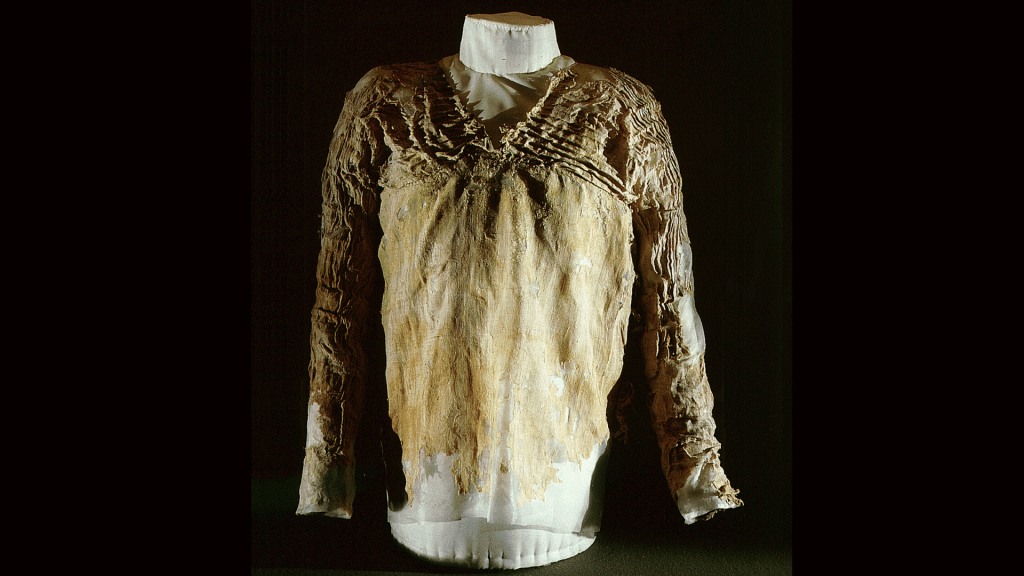
Dating back over 5,000 years, it shows advanced linen braiding techniques. Its preservation provides rare evidence of early textile craftsmanship.
The garment highlights how early Egyptians valued both durability and appearance.
- Symbolism: Proof of skill, order, and Egypt’s mastery of textile craft.
- Occasion: Likely worn by a high-status woman during daily or special activities.
- Cultural Legacy: Recognized as the world’s earliest surviving tailored garment.
4. Royal Regalia
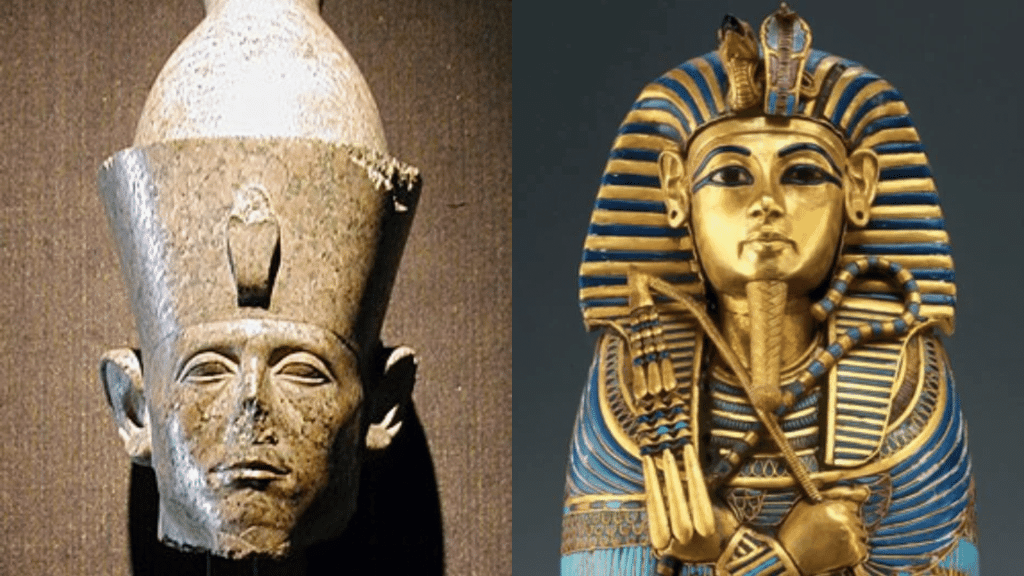
Pharaohs wore crowns, headdresses, and symbolic garments to project power. Each piece carried meaning, linking rulers to gods and cosmic order.
Different crowns represented control over Upper and Lower Egypt.
- Symbolism: Embodied divine kingship and authority over the Two Lands.
- Occasion: Coronations, rituals, warfare, and state ceremonies.
- Cultural Legacy: Still iconic symbols of Egypt in modern art and pop culture.
5. Bead-Net Dresses and Decorative Overlays
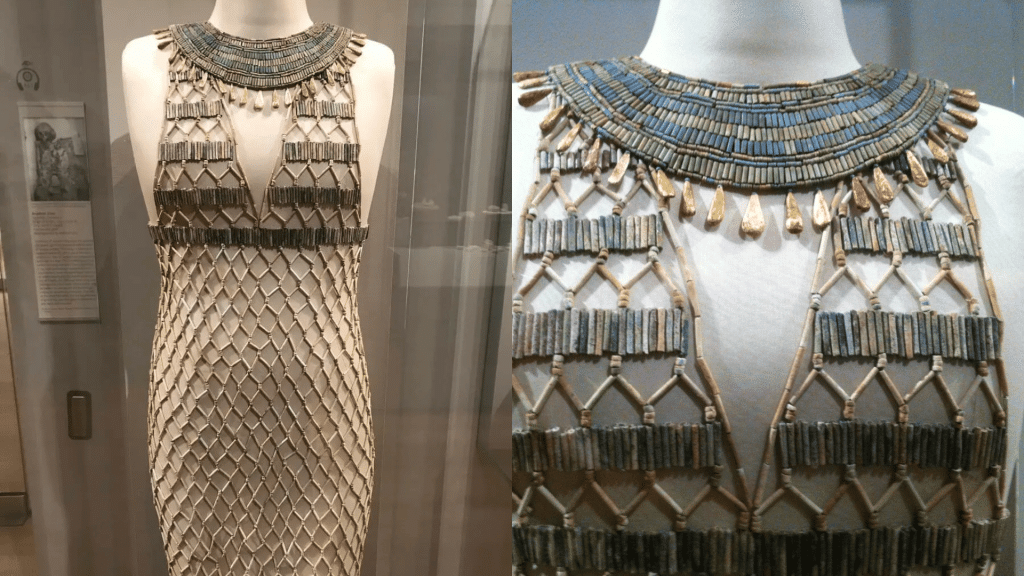
Women sometimes wore bead nets over their linen dresses during rituals and feasts. These garments shimmered in light, symbolizing fertility and divine protection.
They were often buried with women to ensure favor in the afterlife.
- Symbolism: Linked to rebirth, fertility, and connection with the goddess Hathor.
- Occasion: Festivals, religious ceremonies, and funerary practices.
- Cultural Legacy: Replicated in museum displays and costume design for historical films.
6. Jewelry and Broad Collars
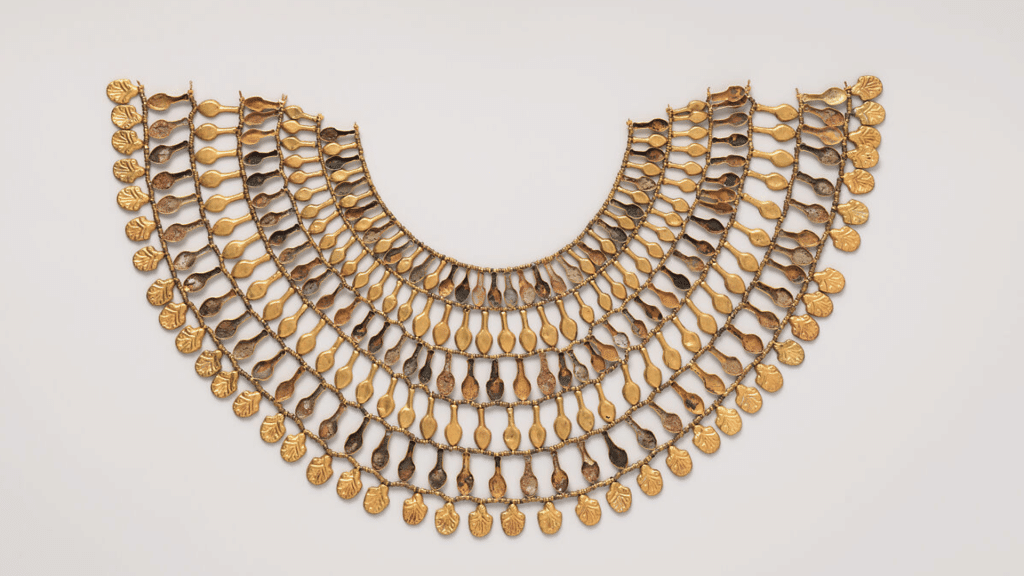
source: The Metropolitan Museum of Art
Gold, faience, and stone collars were central to both fashion and belief. They served as protective amulets and markers of social standing.
The use of color in beads often symbolized life, rebirth, and divine energy.
- Symbolism: Offered protection, prosperity, and closeness to the gods.
- Occasion: Worn daily by elites and during major ceremonies or burials.
- Cultural Legacy: Broad collars remain iconic in modern jewelry inspired by Egypt.
What Symbolism did Egyptian Clothing Hold?
The ancient Egyptians believed that their clothing connected them directly to the gods and the afterlife. Every garment choice carried spiritual weight that went far beyond mere fashion.
The color symbolized their clean souls and readiness to communicate with divine beings. Similarly, the deceased were wrapped in white linen bandages to ensure safe passage into the afterlife.
Religious symbols were frequently featured on Egyptian clothing.
The ankh symbol for eternal life, the eye of Horus for protection, and scarab beetles for good luck were embroidered or beaded onto garments.
Even the way clothing was worn held meaning. Pharaohs wore specific crowns and headdresses during various ceremonies, each representing their role as a divine ruler.
Legacy of Egyptian Fashion Seen Today
Egyptian fashion continues to intrigue modern designers and fashion lovers around the world.
Today’s runways regularly feature flowing linen dresses, dramatic eye makeup, and bold statement jewelry that echo ancient Egyptian style.
Contemporary designers draw inspiration from Egyptian clothing in countless ways. High-end fashion houses regularly incorporate Egyptian motifs into their collections, demonstrating that these ancient styles remain timelessly elegant.
Even everyday fashion shows Egyptian influence. The popularity of natural linen fabrics, minimalist jewelry designs, and dramatic winged eyeliner can be traced back to ancient Egyptian preferences.
Beauty brands market Egyptian-inspired cosmetics, while fashion magazines celebrate the “Cleopatra look” season after season.
The Bottom Line
Ancient Egyptian clothing reveals a civilization that mastered the art of practical charm.
Their fashion wisdom centered on one key principle that the best clothing serves both body and soul.
From breathable kilts that protected workers from scorching heat to elaborate pleated robes that announced royal power, every garment had meaning.
Their greatest lesson remains relevant today that true style doesn’t require complexity, just thoughtful choices that honor both comfort and beauty.

